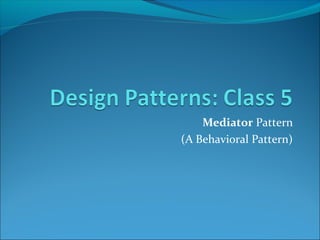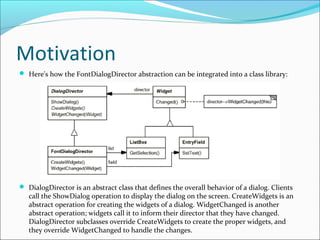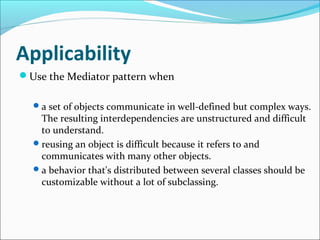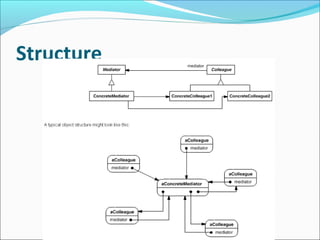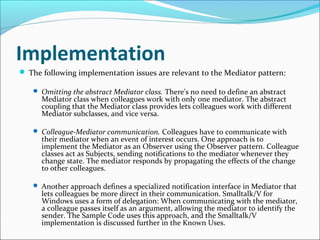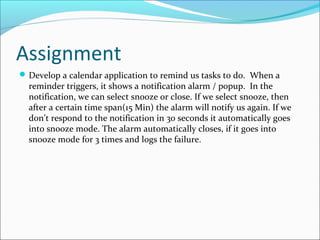Here is one way to implement the calendar reminder application using the Mediator pattern:
1. Create a ReminderMediator class that acts as the mediator. It will coordinate the ReminderAlarm and Notification classes.
2. Create ReminderAlarm and Notification classes that act as colleagues. The alarm raises events when triggered and the notification displays and handles user input.
3. When the alarm triggers, it notifies the mediator. The mediator then tells the notification to display.
4. The notification displays and handles user input, notifying the mediator of snooze or close.
5. If snooze, the mediator sets a timer then tells the alarm to trigger again after the time span. If close
